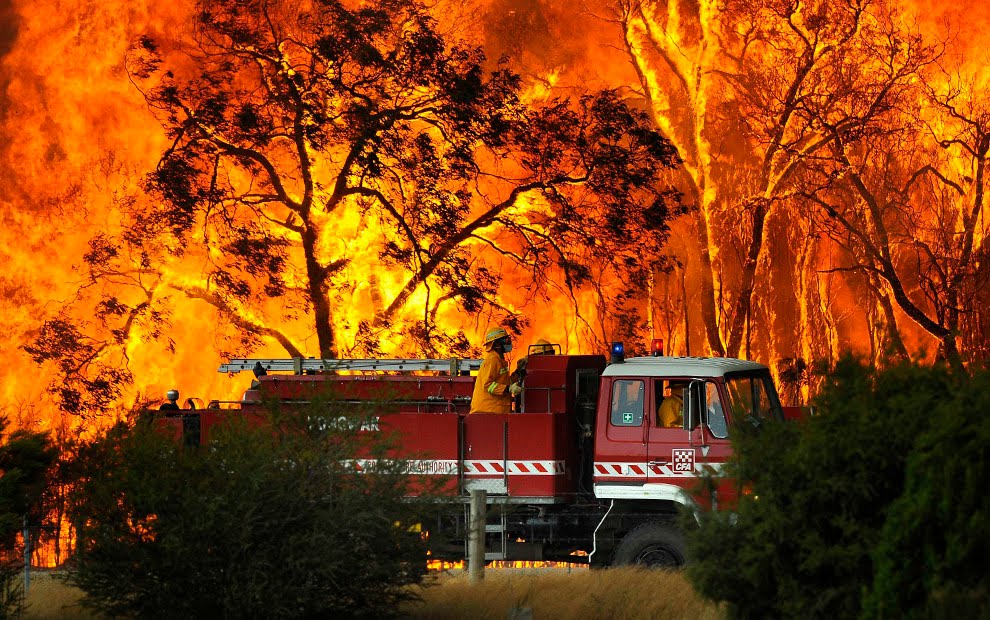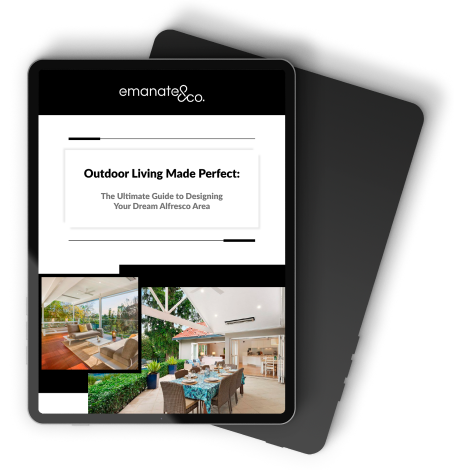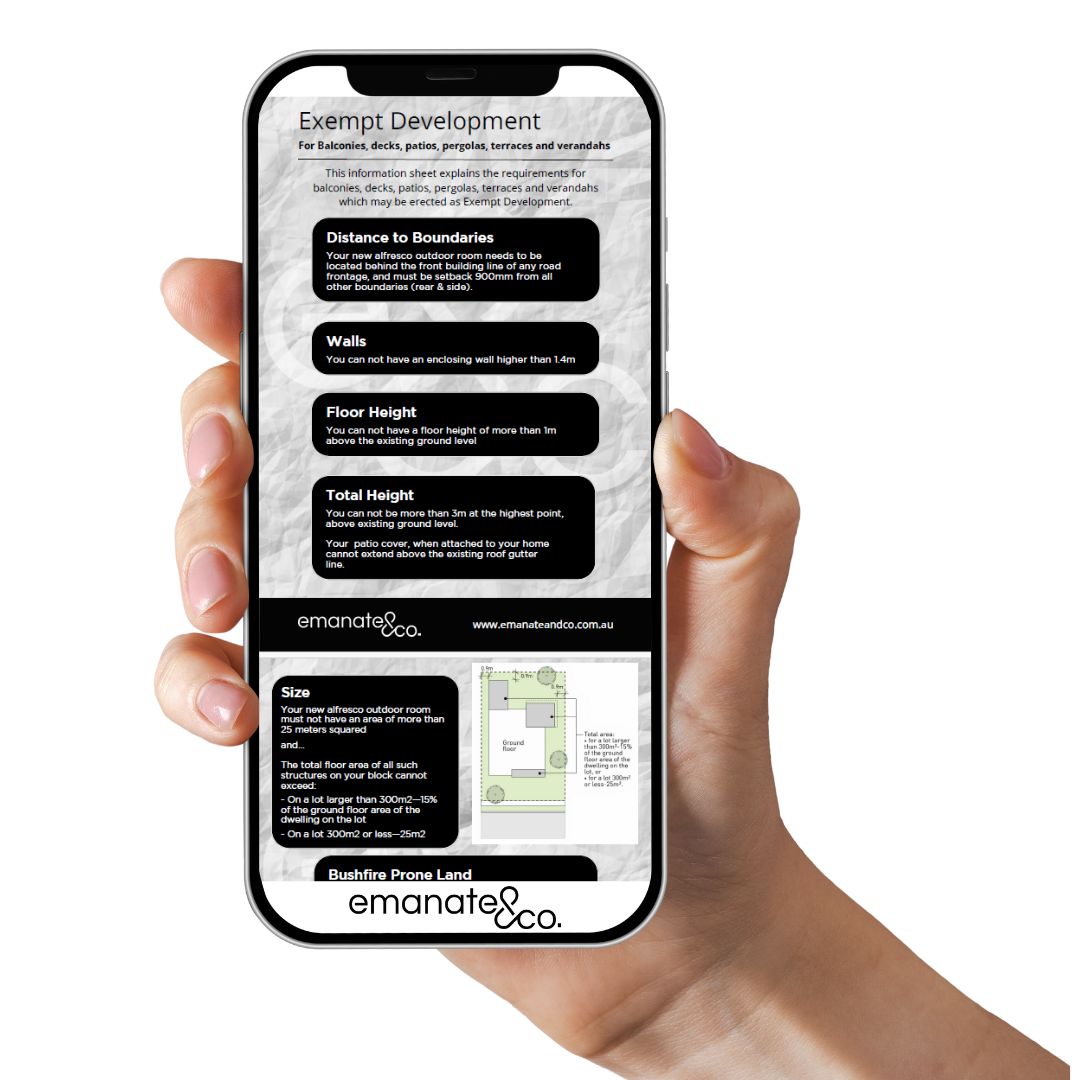Will my new deck, patio cover or outdoor living area be affected by the neighbouring bush?
The answer is yes, well sometimes. It is all so confusing!

We have come to the end of Summer for another year, during which the country has experienced quite wild & extreme weather conditions, ranging from floods for our friends up north in Queensland, through to out of control bushfires right across the country. As a result I thought it was the perfect time to briefly outline/describe what is often a common question to us in the office & also can be a confusing topic for some clients.
Your level of risk associated to your property is measured by a ‘Bushfire Attack Level’. So I hear you ask what is a BAL?
A BAL (Bushfire Attack Level) is a means of measuring a building’s potential exposure to ember attack, radiant heat and direct flame contact, in a bushfire event. It is a basis for establishing the requirements for construction to improve protection of building elements from attack by bushfire. Bushfire zones or attack levels are divided into six (6) sections, ranging from mild to extreme locations. These are listed below:
- BAL LOW
- BAL-12.5
- BAL-19
- BAL-29
- BAL-40
- BAL-FZ
Basically the higher level your property is in, the more restrictions are placed on your building construction; climaxing with a BAL40 & ‘Flame Zone’; both of which do not allow any exposed timer such as decking boards & the like.
You can firstly determine if your property is located in a Bushfire zone through the NSW Rural Fire Service, which has a simple webpage where you just enter your address & it advises if your property is within a zone or not.
However please note, that this map does not indicate exactly what level zoning you are in – which is the critical point. Why? As the BAL zone will determine how your outdoor living area can be constructed & thus designed and thus will impact your budget.
How is the Bushfire Attack Level determined?
- Determine vegetation types surrounding your home
- Determine the distance between your home & the bushland
- Determine the slope of the land.
- Match all of the above information to determine your BAL
Some Frequently Asked Questions:
I know that I am in an extreme Bushfire zone, I have an existing treated pine timber deck that needs significant repair & I also want to extend it. Can I still use timber?
Normally in these instances, we find that due to wood rot or incorrect construction, most cases require the deck to be demolished & to start from scratch. In the event of extending the area, local authority conditions such as distances to boundaries & Exempt & Complying Development conditions will have to be considered. I would say that if you believe your home is located in a higher level bushfire zone, you wouldn’t be able to use any exposed timber.
What materials can I use in a flame zone for my deck?
Remember no exposed timber. So ideally your framing will be steel & you could use tiles as a covering or the aluminium decking boards which are durable, look great & give the affect of timber.
To sum up…
- The closer you are to the bush, the greater chance you have that you will need to strongly consider your material & design options for your outdoor living area.
- Use a trusted company/builder who will give you sound advise & has expertise in dealing in this area.
- Don’t cut corners. In the event that a bushfire comes through & the outdoor living area isn’t approved and/or hasn’t been constructed using the correct materials; your home insurance policy will be affected.
Would you like to find out more about what your options are for your outdoor living area?
Drop us a line & we would only be too happy to give you a obligation free consultation.



